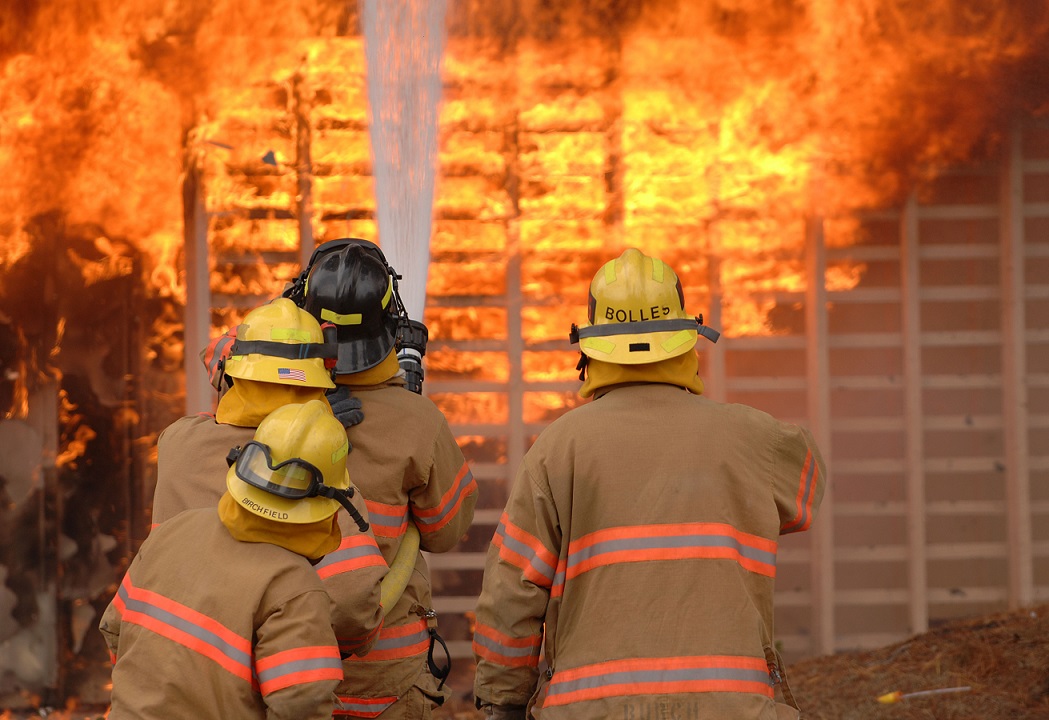
This post is also available in:
 עברית (Hebrew)
עברית (Hebrew)
First responder teams are often in critical response scenarios where hands-free communications would improve both safety and efficiency. Current speech recognition systems work reasonably well in quiet conditions, but quickly fail when the surrounding background noise increases—as is common for first responder situations. Being able to effectively communicate while multitasking will enhance their situational awareness.
A new Automated Speech Recognition (ASR) technology has been developed by a collaboration between the US Department of Homeland Security (DHS) Science and Technology Directorate (S&T), Johns Hopkins University Applied Physics Laboratory (APL) and their sub-contractor Think-A-Move.
The Direct Artificial Intelligence System Interface, or DAISI, enables voice-activated capabilities in noisy operational environments. This innovation was selected out of multiple prototypes developed in response to an April 2018 request for proposals.
The system is able to assist with various tasks throughout all stages of a response. While en route to an incident, the system provides voice control for the mobile data terminal, which is the computerized device used to communicate with the central dispatch office. Responders can use it to initiate navigation, answer address queries, provide alternate routes, and pan and zoom throughout the map—all without lifting a finger.
Once they arrive safely at the incident, voice-enabled hydrant location queries and friction loss calculation (which impacts the amount of water pressure required by the fire hose) can save crucial time.
The system is also able to instantly access WISER (Wireless Information System for Emergency Responders) to identify hazardous materials at the site and guide appropriate precautionary measures.
On-scene report logging and transcription to text make capturing key benchmarks on the scene fast and easy. Back at the station, responders are able to use the event log to make the after-fire critique and fire investigation report more comprehensive and thorough.
What truly sets DAISI apart from existing technologies is the sophisticated machine learning voice recognition capability, and the fact that it is based on language processing, acoustic modeling, and noise filtering.
Continued algorithm development is planned to ensure the platform will remain below the industry standard of a 15% word-error rate. The team also plans to explore ease-of-use for the user interface and long-term durability of the computer central processing unit to ensure DAISI’s ability to overcome the technical challenge of resource limitation. Commercial smart devices that can be similarly called upon by name and tasked with a multitude of requests require substantial connectivity, processing power, and battery life. DAISI is being designed for high performance regardless of the situation so function won’t be compromised by remote locations or extended use, according to dhs.gov.

























